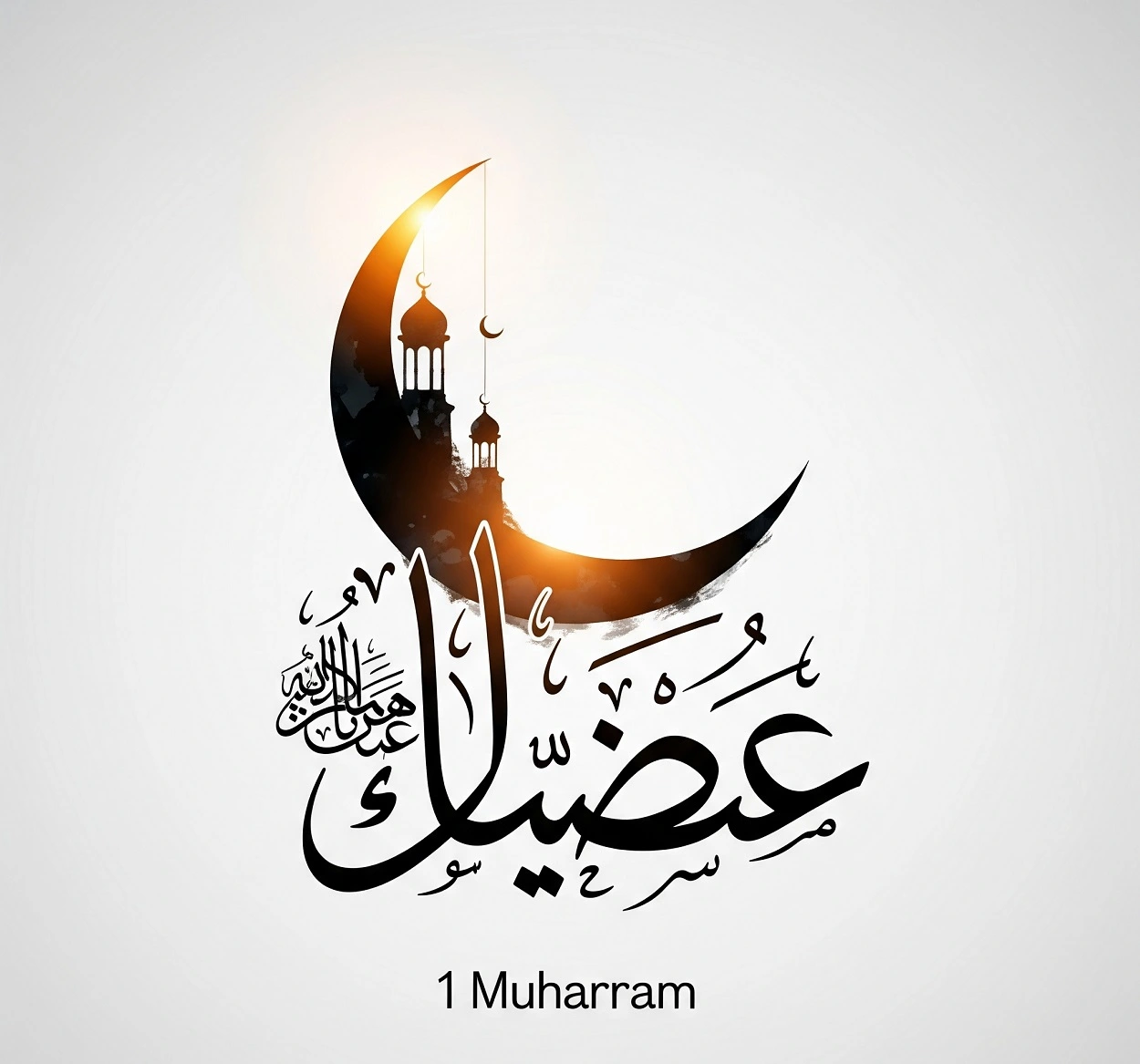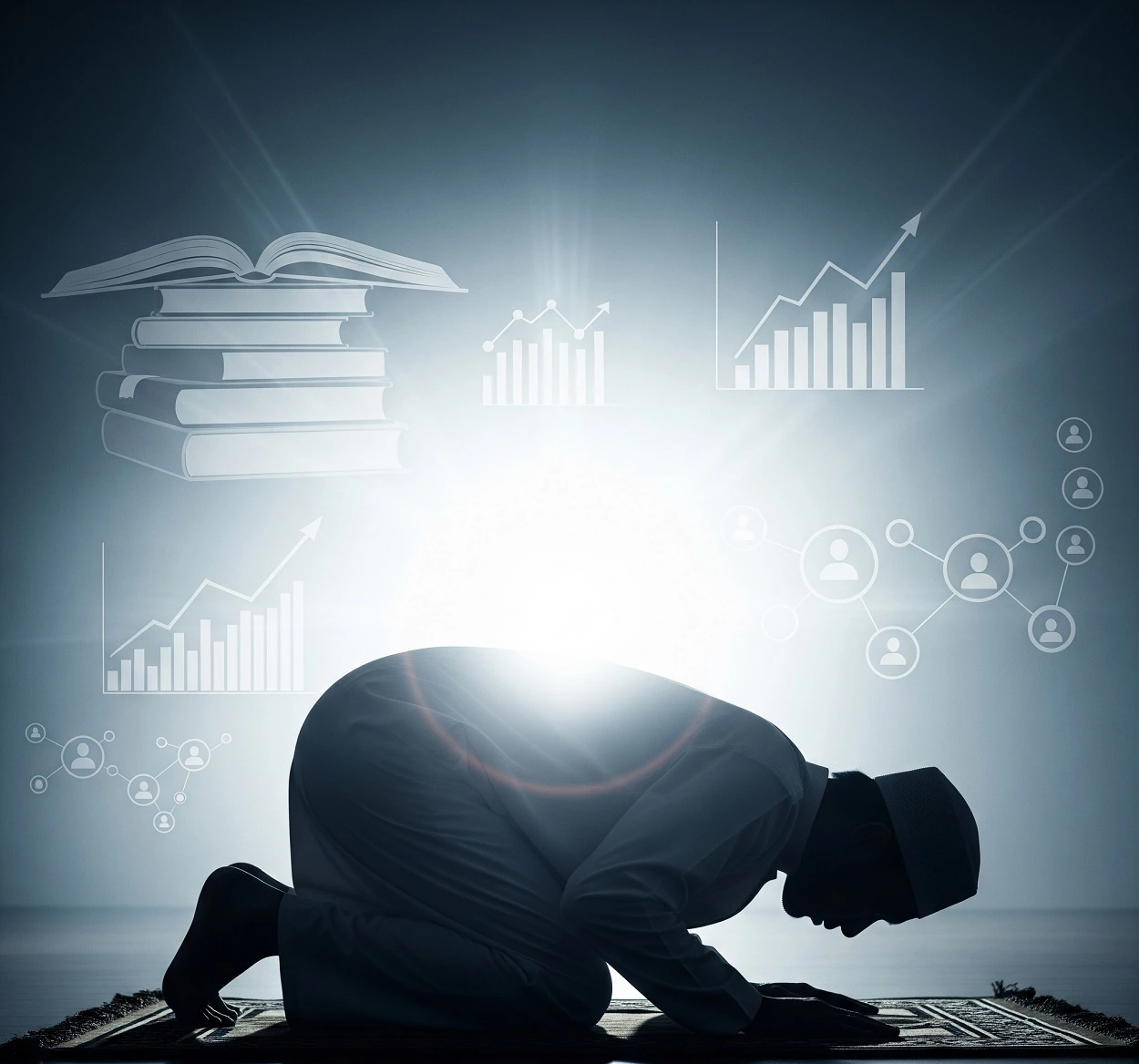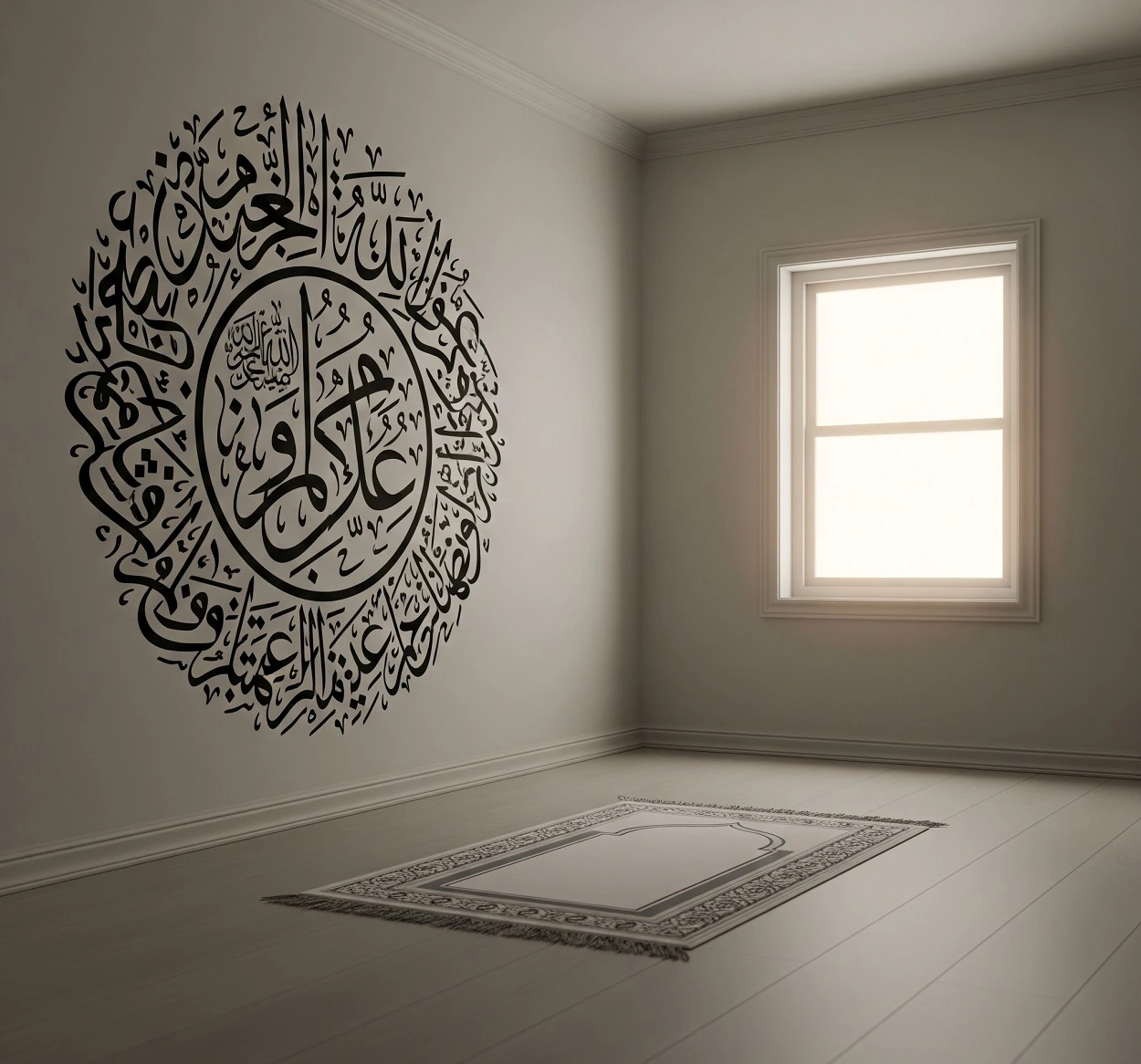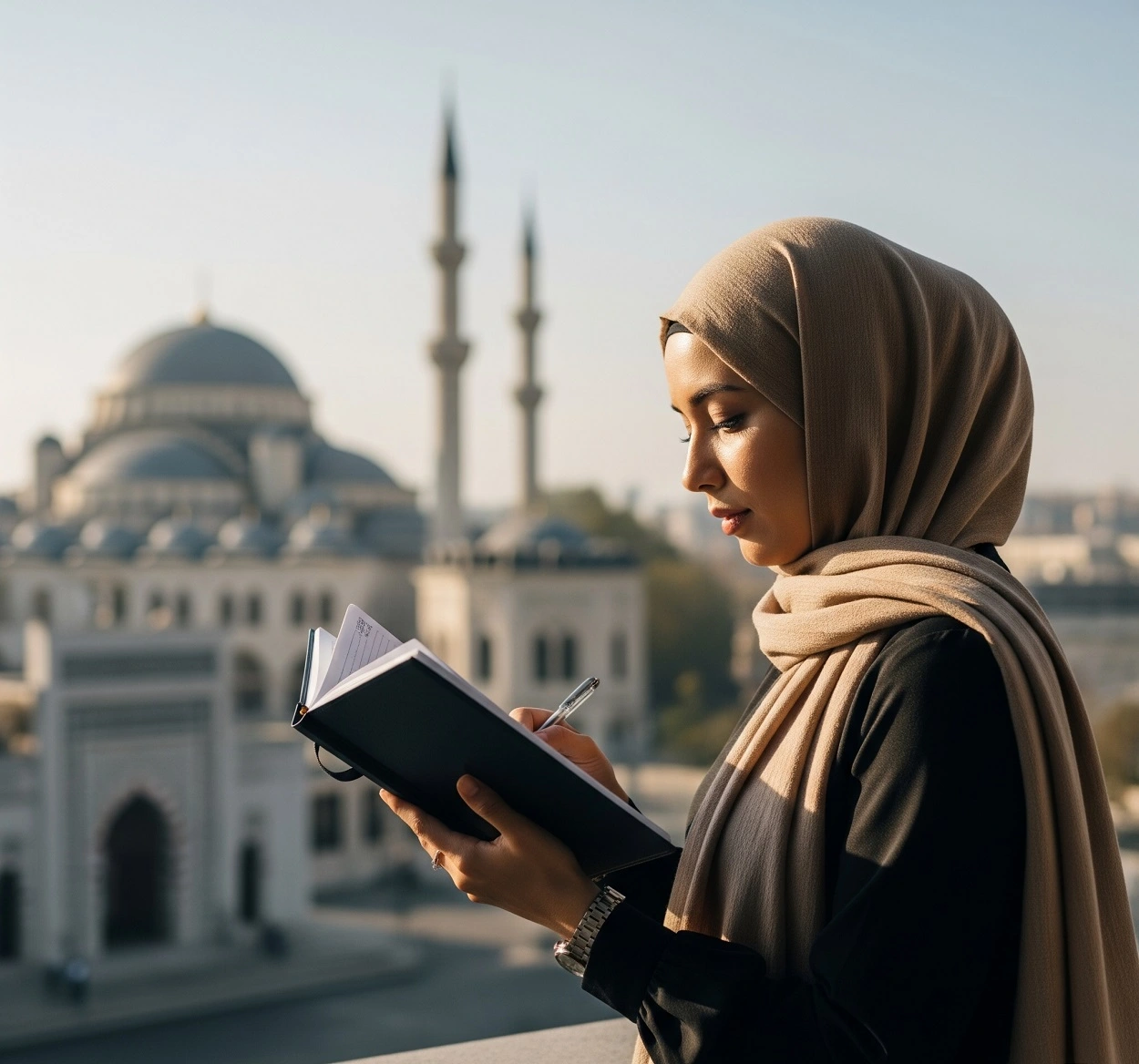1 Muharram: Exploring the History, Meaning, and Relevance of the Islamic New Year in the Modern Era
Understand the significance of 1 Muharram, the history of Prophet Muhammad's Hijra, and the profound meaning of the Islamic New Year. This article uncovers celebrations, interesting facts, and the relevance of Hijri in the contemporary world.

Every year, as the Gregorian calendar approaches its end and we prepare to welcome a new beginning, Muslims worldwide also get ready for an equally significant transition: the Islamic New Year, which begins with 1 Muharram. This date may not be as festive as other New Year celebrations, but it holds a profoundly deep Hijri meaning and an incredibly important history for Islamic civilization.
More than just a change in calendar numbers, 1 Muharram is a reminder of a monumental event that shifted the course of Islamic history: the Hijra of Prophet Muhammad (PBUH) from Makkah to Madinah. This event became the cornerstone for the establishment of the Hijri Calendar. Let’s delve deeper into the significance, history, and relevance of this Islamic New Year in the modern era.
History of the Islamic New Year: A Journey That Changed the World
To understand the Hijri meaning behind 1 Muharram, we need to go back to the 7th century CE, when Islam began to spread its light.
A. Hijra: Not an Escape, But a Strategic Da’wah
Often misunderstood as Prophet Muhammad’s (PBUH) “escape,” the Hijra (migration) from Makkah to Madinah in 622 CE was a strategic turning point in the propagation of Islam. In Makkah, Muslims faced oppression, boycotts, and even assassination attempts against the Prophet. Madinah (then known as Yathrib) offered a more conducive environment to build a strong and independent Muslim society.
The Hijra was:
- The Beginning of a Civilized Society: In Madinah, Prophet Muhammad (PBUH) not only built a mosque but also established a state with a constitution (the Charter of Madinah) that guaranteed religious rights and justice for all inhabitants, both Muslim and non-Muslim. This was a model of a civilized and peaceful society.
- A Change in Status: From an oppressed minority community, Muslims became a recognized political and social force.
- A Base for the Spread of Islam: From Madinah, the teachings of Islam spread more freely and peacefully throughout the Arabian Peninsula and then across the world.
B. Establishment of the Hijri Calendar: The Legacy of Caliph Umar ibn al-Khattab
The Islamic calendar, or Hijri Calendar, didn’t come into existence immediately after the Hijra. The idea of having its own dating system emerged about 17 years after the Hijra, during the reign of the second Caliph, Umar ibn al-Khattab (RA).
Interesting Fact: Before the Hijri calendar was established, Muslims used an unstructured dating system, often referring to major events like the “Year of the Elephant” (Prophet Muhammad’s birth) or the year of someone’s passing.
During a consultation, the companions agreed to set the beginning of the Islamic calendar. There were several proposals:
- A proposal from Ali ibn Abi Talib (RA) suggesting the Hijra as the starting point because it was the moment of separation between truth and falsehood, and the beginning of Islam’s strength.
- Other suggestions included the year of the Prophet’s birth, the year of his prophethood, or the year of his passing.
Finally, after deep consideration, Caliph Umar accepted the proposal to make the Hijra the beginning of the calendar, and the month of Muharram was chosen as the first month. Why Muharram, when the Hijra occurred in Rabi’ al-Awwal? Scholars explain that although the Hijra took place in Rabi’ al-Awwal, preparations for the migration and the second Pledge of Aqabah (a pact between the Prophet and the people of Madinah) had begun in Dzulhijjah, and Muharram is the first month after the Hajj season, a logical starting point for a new year.
The Meaning of 1 Muharram and Its Relevance in the Modern Era
1 Muharram is not just a holiday or a dry historical commemoration. It carries a Hijri meaning that is relevant throughout time, even amidst the hustle and bustle of the digital age.
Spirit of Change (Spiritual Hijra): The Islamic New Year teaches us not to be stuck in stagnation. Just as Prophet Muhammad (PBUH) and his companions ‘migrated’ from an unconducive Makkah to a promising Madinah, we too are invited to ‘migrate’ spiritually: leaving bad habits for good ones, from laziness to productivity, from the darkness of sin to the light of obedience. This is a moment for introspection and making Islamic personal resolutions.
Building Community (Ukhuwah Islamiyah): In Madinah, Prophet Muhammad (PBUH) forged brotherhood between the Muhajirun (immigrants from Makkah) and the Ansar (native residents of Madinah). This is a fundamental lesson about the importance of unity, tolerance, and mutual cooperation in building a harmonious society. In a modern era often characterized by individualism, 1 Muharram reminds us of the power of brotherhood.
Community Independence and Resilience: The establishment of the Hijri calendar demonstrates the independence of Islamic civilization in building its own identity, free from the influence of other civilizations. This is a symbol of resilience and strength in facing challenges. In today’s context, this spirit is relevant for building the economic, technological, and educational independence of the Muslim community.
Muhasabah (Self-Reflection): Every year-end is a time for reflection. 1 Muharram is the perfect moment for muhasabah: evaluating one’s deeds over the past year, giving thanks for blessings, seeking forgiveness for sins, and planning for a better future.
Myths That Need Correction:
- Myth of the “Unlucky Month” or “Haunted Month”: Some communities, especially in Java, still believe that the month of Muharram (Suro) is a month full of misfortune or is eerie. This is a myth contrary to Islamic teachings. Muharram is one of the four sacred months in Islam, where good deeds are multiplied, and sins are greater. Prophet Muhammad (PBUH) even encouraged fasting during Muharram.
- Myth of Prohibiting Marriage/Major Events: Related to the above myth, there’s a belief that getting married or holding major events in Muharram will bring bad luck. This also has no basis in Islam.
Traditions of 1 Muharram Celebrations in Various Muslim Parts of the World
Although not a major holiday like Eid al-Fitr or Eid al-Adha, the Islamic New Year is celebrated with various unique traditions in different Muslim countries:
- Indonesia: Generally celebrated with torch parades, religious gatherings, sermons, and collective prayers in mosques. In some areas like Java, the
Suroantradition with specific cultural rituals like sacred parades is known, but efforts are made to ensure its essence remains Islamic. Voluntary fasts of Tasu’a (9 Muharram) and Ashura (10 Muharram) are also widely observed. - Middle East and Arab Countries: Celebrations tend to be simpler, focusing on spiritual activities such as congregational prayers, listening to lectures, and fasting on Ashura. The Day of Ashura (10 Muharram) holds particular significance due to important events like the deliverance of Prophet Musa (Moses) (AS) from Pharaoh, and also the day of the martyrdom of Prophet Muhammad’s grandson, Imam Hussein in Karbala (for Shias).
- India and Pakistan: Known for
Muharram ProcessionsorMajalis(mourning gatherings), especially by Shia Muslims, to commemorate the martyrdom of Imam Hussein. Sunni Muslims also fast on the day of Ashura. - Iran: Muharram celebrations are deeply intertwined with the commemoration of the Karbala tragedy, with mourning rituals and dramatic
Ta'ziyehplays.
Relevance of 1 Muharram in the Modern Era: Becoming an Excellent Muslim
Amidst the torrent of information and the challenges of globalization, 1 Muharram serves as an important reminder for Muslims to:
- Strengthen Self-Identity: Understanding Islamic history and the Hijri calendar is part of preserving our Islamic identity.
- Encourage Innovation and Progress: The spirit of Hijra is the spirit of finding solutions, adapting, and innovating for progress. This is relevant to the demands of the digital age to continuously adapt and learn.
- Spread Goodness in the Digital World: Just as Islam spread peacefully from Madinah, in the digital age we too can migrate from negative content towards spreading goodness, knowledge, and Islamic values on social media.
- Improve Self-Quality: Make this Islamic New Year a moment for self-evaluation, improving the quality of our worship, character, and contributions to society.
Conclusion: Hijra in Every Step
1 Muharram is more than just a marker of the Islamic New Year. It is a symbol of change, hope, and determination to be better. The history of Hijra is not just a story of the past but an eternal inspiration for Muslims to always ‘migrate’ towards goodness, truth, and progress.
By understanding the profound Hijri meaning, we are expected to take valuable lessons from every passing moment and move forward with a new spirit to achieve the pleasure of Allah SWT. May this new Hijri year bring blessings, peace, and progress to all Muslims worldwide. Happy Islamic New Year 1447 Hijri!






Comments